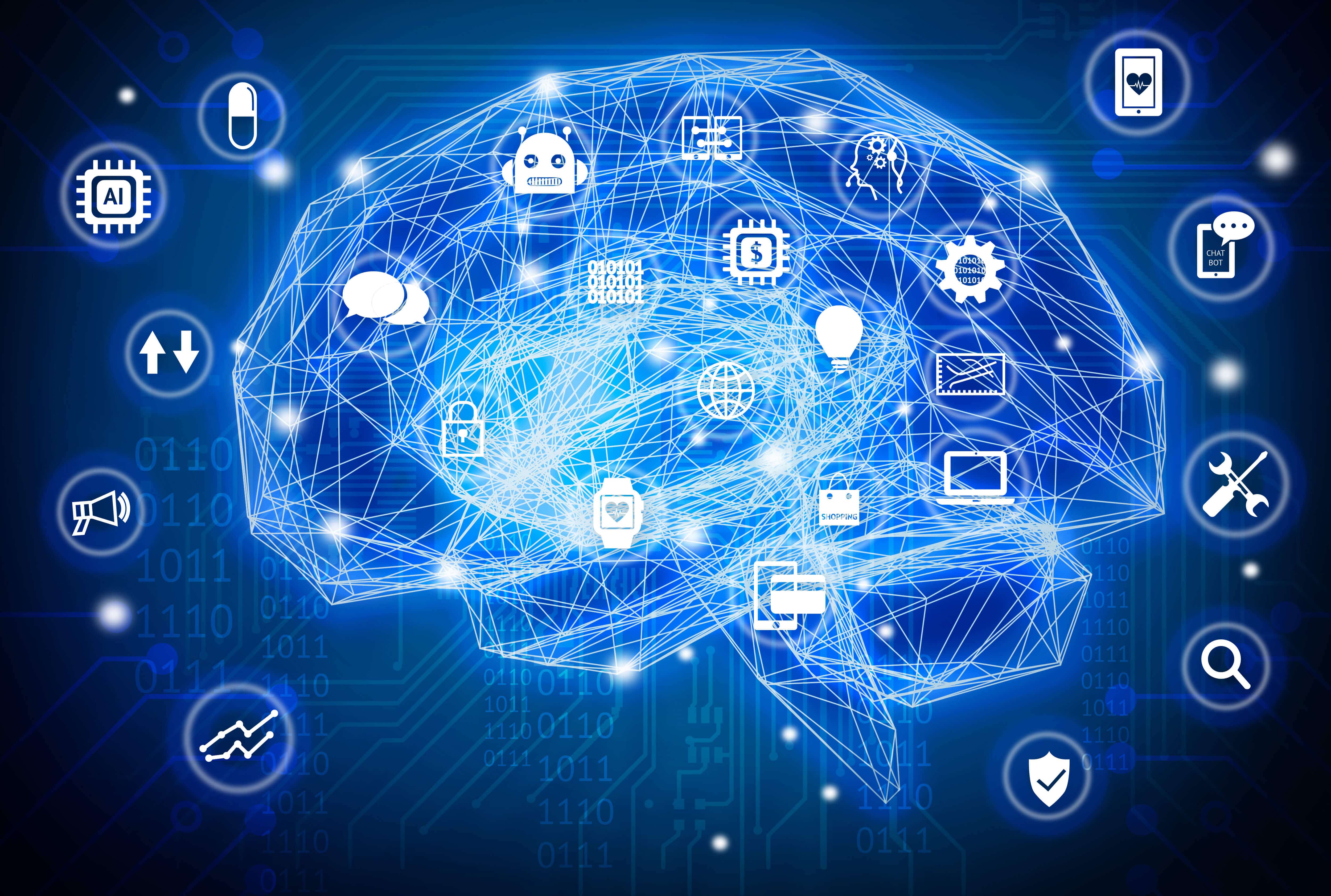The robots are coming: machine learning now enhances itself
- by 7wData

Machine Learning can optimise itself, but there are opposing types of optimisation: parameter sweep, random search and parameter optimisation
Machine Learning seems to be the new hot topic these days. Everybody is talking about it since machines beat human players in chess, jeopardy, and now even Go . People’s cars will be driven by Artificial Intelligence in the future, and many jobs will be taken over by robots. There’s a lot of hype, a lot of fear and uncertainty – as so often when new technology has the potential to disrupt our societies.
However, when you talk to the people that are actually involved in developing these new types of intelligent algorithms, you get a quite different picture. Today, there’s a lot of manual work involved in automating decision processes.
The development of algorithms that can make decisions in a “weak” intelligent way is hard work. These can be called “weak” intelligent algorithms, since people have only so far been able to develop algorithms that can do one thing.
They might be able to do this one thing extraordinarily well, like playing Go or playing chess. However, if you ask the algorithm that can play Go to drive your car, it will fail. So, scientists are still a long way off being able to develop the ‘highly’ intelligent machine.
Cumbersome trial-and-error approach
What can be done, though, is apply algorithms to almost any kind of digital data to extract information automatically and make decisions in a seemingly intelligent way. The development of these algorithms, called machine learning, can remain a cumbersome journey.
This is because the usual approach is to apply trial-and-error methods to find the optimal algorithms for a problem at hand. Usually, a data scientist will choose algorithms based on practical experience and personal preferences. That is okay, because usually there’s no unique and relevant solution to create a machine learning model.
Many algorithms have been developed to automate manual and tedious steps of the machine learning pipeline – for example, to loosen prerequisites under which machine learning theories and approaches apply, to create input features automatically and select the best predictors, to test different modeling algorithms and choose the best model. But still, there’s a lot of lab work required to build a machine learning model with trustworthy results.
A big chunk of this manual work is related to finding the optimal set of hyperparameters for a chosen modelling algorithm. Hyperparameters are the parameters that define the model applied to a data set for automated information extraction.
For example, if someone decides to build a machine learning model to predict which customer to grant a credit, they need to make many decisions during the training process. They need to choose which modeling approaches to test, which data they choose to train the model and which data to test the results, how to tune the parameters of the chosen model and how to validate the results.
All these choices will impact the outcome of my model building exercise, and eventually the final model selected. When you consider this model will be used to decide which customer will get credit, it’s important that we have high confidence in the model to make decisions people can trust.
A large portion of the model building process – beside the analytical data preparation that still takes the lion’s share of the time – is taken up by experiments to identify the optimal set of parameters for the model algorithm.
[Social9_Share class=”s9-widget-wrapper”]
Upcoming Events
Evolving Your Data Architecture for Trustworthy Generative AI
18 April 2024
5 PM CET – 6 PM CET
Read MoreShift Difficult Problems Left with Graph Analysis on Streaming Data
29 April 2024
12 PM ET – 1 PM ET
Read More




